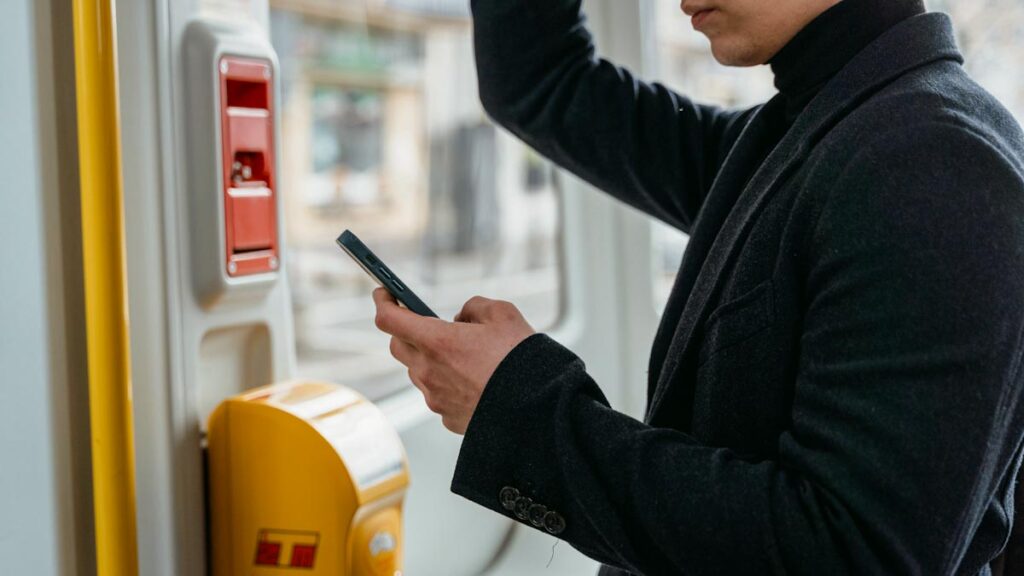
Italy offers a well connected network of trains and buses that makes it relatives easy to move around the country, once you understand how the systems work. National and regional transport is efficient, but reaching small villages and rural areas can be more challenging without a car.
This guide brings together everything you need to know about Italian transportation, from trains and buses to driving rules and parking systems.
👉 For a broader overview of Italian bureaucracy and practicalities, see: Foreign Buyer Practicalities: Residency, Visas, Inheritance.
Table of Contents
Trains in Italy
Trains are the main pillar of Italian national public transport.
- High-speed trains (Frecciarossa, Italo) connect major cities like Rome, Milan, Florence, and Naples in just a few hours.
- Regional trains serve smaller towns and are cheaper, though often slower.
🔗 Learn more: Trains in Italy: How to Travel by Rail
Buses and Coaches
Bus networks connect cities, towns, and remote areas not covered by train. Long-distance services such as Flixbus offer budget-friendly travel across Italy and into Europe, while local bus services are run by regional operators.
🔗 Learn more: How to Use Bus Services in Italy
Driving in Italy
Driving is often the only way to reach rural areas. Italy’s Autostrade (motorways) are well maintained but toll-based. Towns and cities often have ZTL zones (restricted traffic areas) where access is limited to residents.
🔗 Learn more: Car Transport in Italy: A Guide for Foreigners
Flying and Ferries
Domestic flights connect major cities, but trains are often faster for short routes. Ferries link the mainland to islands such as Sardinia and Sicily and provide connections across the Mediterranean.
🔗 Learn more: How to Take Ferries in Italy | How to Buy Airline Tickets from Italy.
Other Options
Italy also offers alternatives like car sharing, motorino (scooters), and carpooling services. In cities like Rome and Milan, metro networks provide an additional option for getting around efficiently.
🔗 Learn more: How to Travel with Motorino | Car Sharing and Car Pooling in Italy.
Key Takeaways
- Italy’s main cities are easy to reach thanks to high-speed trains and motorways.
- Small villages may require a car or bus for access.
- Knowing how tickets, ZTLs, and parking work saves time and stress.
